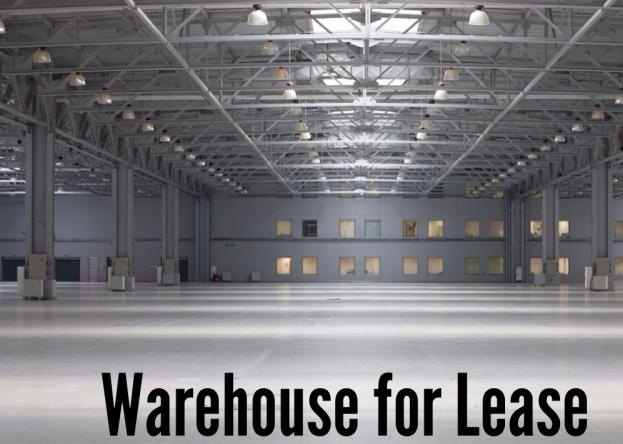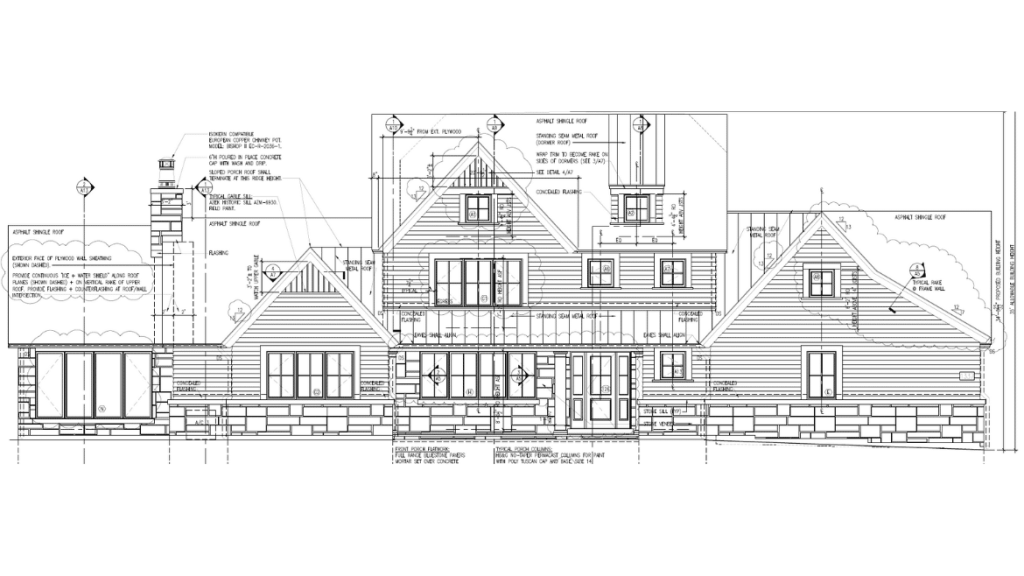
What Is The Average Rent For A Two Bedroom Apartment
## Decoding the Mystery: What's the Average Rent for a Two-Bedroom Apartment?




Section One
Finding an affordable two-bedroom apartment can feel like navigating a maze. The cost varies dramatically depending on location, amenities, apartment condition, and market fluctuations. There's no single "average" rent figure that applies universally. However, understanding the factors that influence rent and how to find reliable data can empower you to make informed decisions in your apartment search. The Illusion of a Single Average: The internet is awash with articles proclaiming the "average" rent for a two-bedroom apartment. Often, these numbers are misleadingly broad, failing to account for crucial geographical variations. A two-bedroom apartment in Manhattan will command a significantly higher rent than one in rural Iowa. Even within a single city, rental costs can differ dramatically depending on the neighborhood. A desirable area close to the city center or with excellent schools will typically command a premium compared to more peripheral locations.
Section Two
Therefore, searching for a national or even statewide "average" rent is largely unhelpful. It's more productive to focus on specific geographic areas that align with your desired lifestyle and budget. Factors Influencing Two-Bedroom Apartment Rent: Several key factors determine the cost of a two-bedroom apartment:
Section Three
* Location: This is arguably the most significant factor. Urban centers, especially in major metropolitan areas, tend to have significantly higher rental costs than suburban or rural areas. Even within a city, specific neighborhoods can experience significant price variations due to factors like proximity to employment centers, schools, public transportation, and amenities.




Section Four
* Size and Amenities: Larger apartments naturally command higher rents. The presence of amenities like a swimming pool, fitness center, on-site parking, in-unit laundry, and updated appliances all contribute to increased rental costs. Luxury apartments with high-end finishes and concierge services will be priced considerably higher than more basic units.
Section Five
* Market Conditions: The rental market is dynamic, subject to fluctuations based on supply and demand. In areas with high demand and limited supply, rents tend to rise. Conversely, areas with an oversupply of apartments may see rental costs decrease. Seasonal variations can also play a role, with rents sometimes peaking during certain times of the year.
Section Six
* Apartment Condition: Newly renovated or recently constructed apartments are generally more expensive than older units. Factors such as the age of appliances, the condition of the flooring and fixtures, and the overall upkeep of the building significantly influence rental costs.




Section Seven
* Lease Terms: Longer lease terms may sometimes offer slightly lower monthly rents. However, this is not always the case, and it's crucial to carefully compare different lease options. Finding Reliable Rent Data: Instead of relying on generalized "average" rent figures, utilize these resources to gather more accurate information about rental costs in your target area:
Section Eight
* Online Real Estate Portals: Websites like Zillow, Apartments.com, Trulia, and Realtor.com offer comprehensive listings of rental properties. Use their search filters to specify your desired location, number of bedrooms, and other criteria. Analyze the price range of available units to get a sense of the market.
Section Nine
* Local Real Estate Agents: A local real estate agent specializing in rentals can provide valuable insights into the current market conditions and average rental rates for your chosen area. They can also help you navigate the rental process and find suitable properties.



